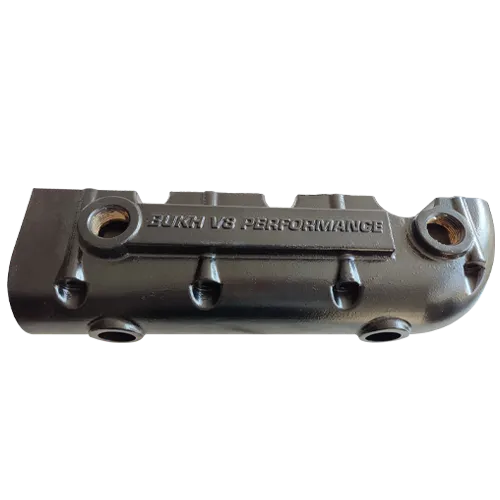Mobile:+86-311-808-126-83
Email:info@ydcastings.com
super duplex casting
Super Duplex Casting A Comprehensive Overview
Introduction
Super duplex stainless steels (SDSS) have become a cornerstone in the world of industrial manufacturing, particularly for industries that require materials with outstanding strength, corrosion resistance, and durability. The casting process of these materials has garnered attention for its advanced properties and applications across various sectors, including oil and gas, chemical processing, and marine environments. This article delves into the nuances of super duplex casting, its advantages, challenges, and applications.
Understanding Super Duplex Stainless Steel
Before we explore the casting process, it is vital to understand what super duplex stainless steel is. SDSS is a family of stainless steels that contains a balanced mix of austenite and ferrite, typically comprising approximately 25% chromium, 7% nickel, and 3-5% molybdenum. This unique composition gives SDSS its remarkable properties, including high strength, excellent resistance to pitting, crevice corrosion, and stress corrosion cracking, making it particularly suitable for harsh environments.
The Casting Process
Super duplex casting involves several methods, including investment casting, sand casting, and centrifugal casting
. Each of these methods offers unique benefits, depending on the specific requirements of the project.1. Investment Casting Often used for producing complex shapes and components with intricate geometries, investment casting offers excellent surface finish and dimensional accuracy. It involves creating a wax pattern, which is coated with ceramic material. Once the ceramic hardens, the wax is melted away, creating a mold for molten SDSS to be poured into.
2. Sand Casting This traditional method is favored for its flexibility and cost-effectiveness, particularly for larger components. In sand casting, a mold is made from sand and a binding agent. The molten SDSS is poured into the mold and allowed to cool, solidifying into the desired shape.
3. Centrifugal Casting Ideal for creating cylindrical components, centrifugal casting involves pouring molten SDSS into a rotating mold. The centrifugal force helps to distribute the molten metal evenly, resulting in dense and uniform parts with minimal defects.
Advantages of Super Duplex Casting
The casting of super duplex stainless steel offers substantial advantages over other materials
super duplex casting

- Corrosion Resistance SDSS exhibits exceptional resistance to a variety of corrosive environments, including chlorides, making it ideal for marine and harsh chemical applications.
- High Strength Super duplex materials provide higher strength compared to standard duplex stainless steel. This means that smaller, lighter components can be used without compromising integrity.
- Cost-Effectiveness Although the initial material cost may be higher, the longevity and reduced maintenance costs associated with SDSS often provide a better return on investment.
- Versatility The versatility of super duplex stainless steel expands its application across a range of industries, including power generation, wastewater treatment, and oil exploration.
Challenges in Super Duplex Casting
Despite its numerous advantages, the casting of super duplex stainless steel presents several challenges
- Thermal Sensitivity The high chromium and molybdenum content can make SDSS sensitive to thermal treatment. Proper temperature management is essential during the casting process to avoid unwanted phase transformations that could compromise material properties.
- Cost of Raw Materials The alloying elements that provide SDSS its advantageous properties can be costly. Fluctuations in raw material prices can affect the overall manufacturing cost.
- Machinability Although SDSS offers high strength, its machinability can be more challenging compared to other materials. Proper tools and techniques are required to ensure accurate and efficient machining.
Conclusion
Super duplex casting stands at the forefront of modern materials engineering, offering an ideal solution for applications that demand high strength and corrosion resistance. As industries continue to evolve and turn towards materials that can withstand challenging environments, super duplex stainless steels are poised to play an increasingly critical role. With ongoing research and development, the casting processes for SDSS will likely become more refined, further enhancing their applications and benefits across various sectors. As we move forward, embracing these advanced materials will undoubtedly lead to more durable and efficient industrial solutions.











